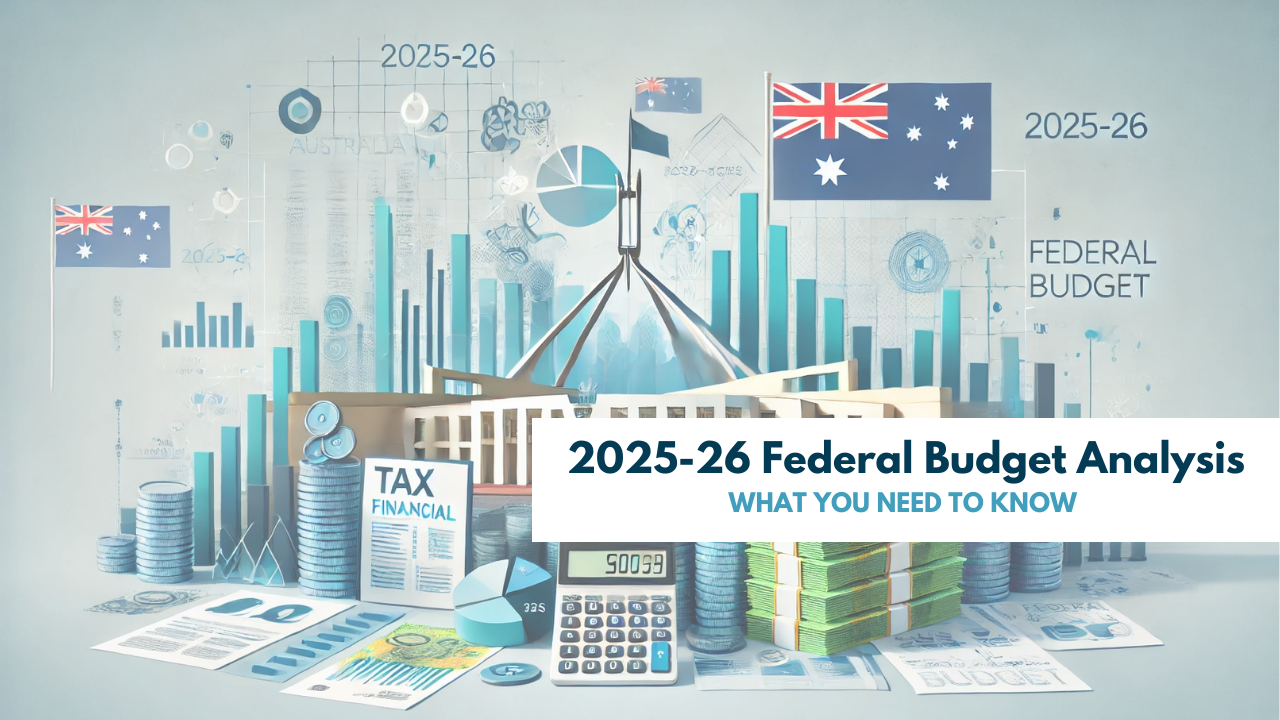Understanding your numbers to improve your results
Understanding your numbers to improve your results

Understanding your financial reports, or knowing your numbers, is critical to business success. It allows you to make better business decisions, measure the impact of those decisions, take corrective action where necessary and, ultimately, enjoy better results.
By understanding your financial reports, you will:
- Know if your business is growing or shrinking
- Discover trends in your business and be able to respond accordingly
- Compare your actual results to your expectations
- Identify areas of strengths and weakness in your business
- Understand the value of your business
- Make better decisions
How to maximise results from your reports:
- Ask yourself, is the data 'clean'? This means that all transactions have been coded correctly and bank statements have been reconciled. Do you have monthly procedures to ensure your data is clean?
- Inspect what you expect. You must have goals for your business, or targets you expect to achieve. Inspect your financial reports each month to see if you are on track to achieve your expected targets.
- Know which reports to use. Each report tells you a different story. Your Profit & Loss Statement measures your income and expenses; the Balance Sheet measures your assets, liabilities and net worth.
- Conduct both horizontal and vertical analysis. This means comparing the current period with previous periods (horizontal analysis) and calculating each item as a percentage of a base item (vertical analysis). For example, comparing this year's Balance Sheet with last year's and calculating each expense item as a percentage of Sales on your Profit and Loss Statement.
- Understand the difference between 'as at' or 'for the period ending'. An 'as at' report, such as the Balance Sheet, shows the balances at the end of specific period. A 'for the period ending' report, such as the Profit and Loss Statement, shows the results over a period of time.
- Choose the correct date range. Ensure you correctly specify the start and end dates for the period you want to measure. Choose a month end date, such as 30 June instead of 15 June, to ensure all income and expenses have been coded and reconciled for the period.
By understanding the fundamentals behind your financial reports, you will know more about your numbers and be able to use that information to make better decisions. Whether you want to grow your business or increase efficiency to free up your time, we can help you interpret your financial reports and set goals for improvement.








